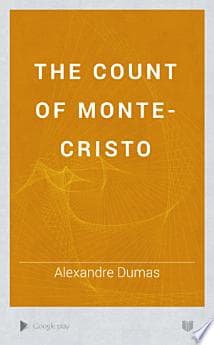- Published on
The Count of Monte-Cristo
- Authors

- Name
- Alexandre Dumas
- @search?q=Alexandre Dumas

The Count of Monte Cristo
Summary
"The Count of Monte Cristo," a classic novel by Alexandre Dumas, begins with the arrival of the ship Pharaon in Marseilles on February 24, 1810. The narrative quickly unfolds around Edmond Dantès, a young and promising sailor. Dantès's life takes a dramatic turn when his bright future is shattered by deception and treachery. Falsely accused of treason, he is imprisoned in the dreaded Château d'If without trial. During his long and unjust incarceration, Dantès meets the Abbe Faria, who educates him and reveals the location of a vast treasure on the island of Monte Cristo.
After a daring escape, Dantès recovers the treasure and reinvents himself as the Count of Monte Cristo. He embarks on a meticulously planned quest for vengeance against those who wronged him. The novel delves into themes of justice, vengeance, mercy, and forgiveness as Dantès confronts his betrayers – Fernand, Danglars, and Villefort – weaving a complex web of revenge while questioning the morality of his actions.
Throughout the story, Dumas masterfully explores the impact of Dantès's revenge on both the guilty and the innocent. The novel is rich in its portrayal of 19th-century French society, offering insights into the historical and social context of the time.
Conclusion
"The Count of Monte Cristo" is a tale of suffering, retribution, and redemption, showcasing Dumas's skill in creating an intricate plot with multifaceted characters. It remains a powerful commentary on the human condition and the quest for justice.
